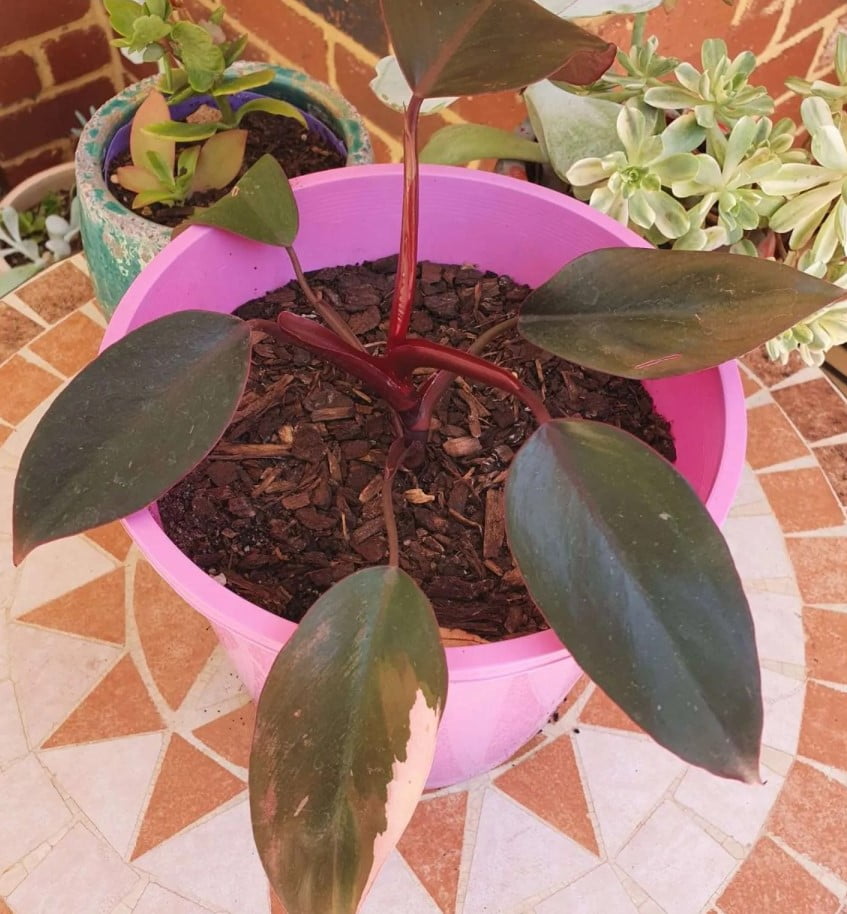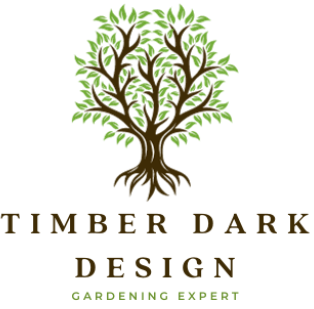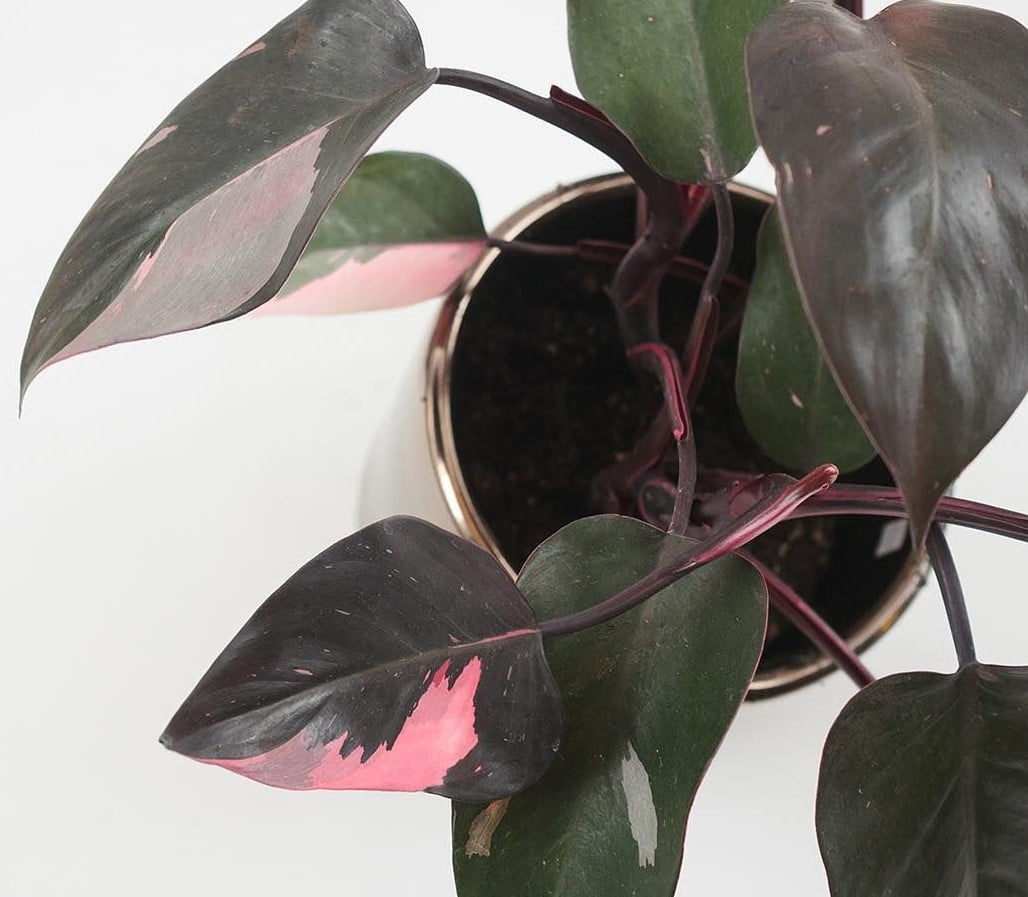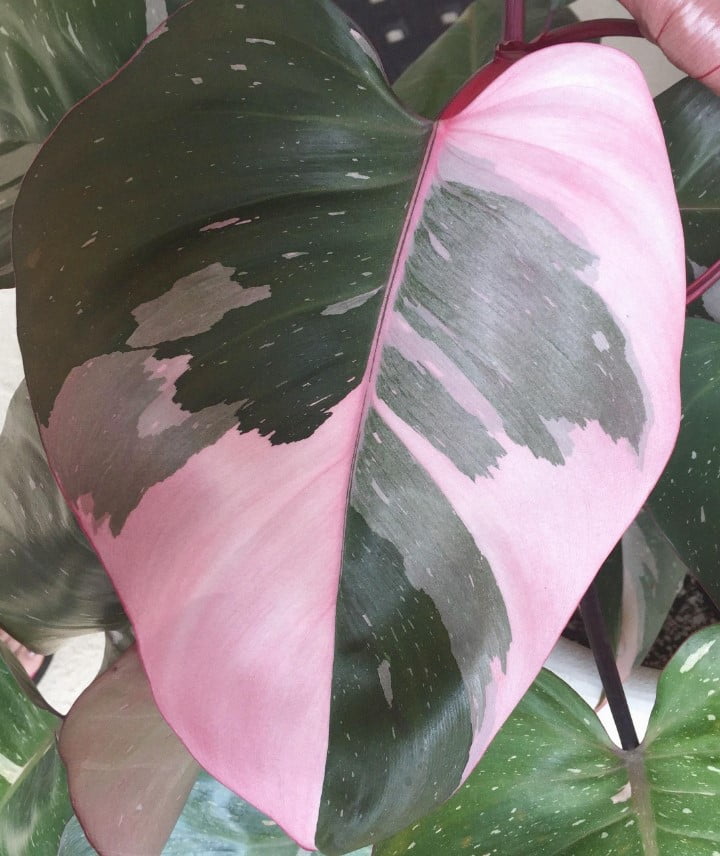The pink leaves of the Philodendron Pink Princess captivate. But caring for the glamorous tropical plant seems daunting for beginners. Will its reputation leave your precious pink princess languishing?
Do not fear. With good care, the Philodendron Pink Princess will have beautiful leaves. Follow these tips and the pink princess will thrive indoors.
Use the perfect potting mix to encourage healthy roots. Ideal lighting brings out the iconic pink hues. Master watering to avoid root rot. Troubleshoot issues like yellow leaves and leggy growth.
Give the proper royal treatment and watch the pink princess flourish. Its cascading vines and vivid colors will transform any space into an urban jungle oasis.

Watering
Allow Soil to Partially Dry Out Between Waterings
Let soil dry some before more water. Pink Princess likes evenly damp soil, not soggy or bone dry. Let one or two inches on top get dry then water again. In summer growing time, this is every five to seven days. In winter when growing slows, wait ten to fourteen days between drinks. Always check soil with finger before watering.
If dry on top but still moist down below, hold off a few more suns. Too much water is the big cause of root rot and yellow leaves. Letting soil dry some between drinks means roots can breathe air. A moisture meter can help decide when to water if you struggle judging soil dryness.
Water Thoroughly Once a Week in Summer, Less in Winter
When watering the Pink Princess, soak the soil thoroughly until water runs out the bottom of the pot. This grows healthy roots down deep. Then let the soil dry some before the next water. In summer’s heat, aim to water about once a week. When winter comes and growth slows, water once every week and a half or so.
How often to water depends on the warmth and humidity indoors. Watch the plant and adjust as needed. If leaves droop or curl, water more often. Yellow leaves mean too much water. Get to know what she needs by careful watching.
Watch for Signs of Under and Overwatering
Pay attention for signals that your watering schedule needs adjustment. Signs of underwatering include drooping, curling, or wrinkled leaves that perk up after watering. Extended underwatering can cause brown crispy leaf edges.
On the other hand, overwatering shows up as yellow leaves, leaf drop, or brown spots from rot. If you see these issues, allow the soil to dry further between waterings. Repotting in fresh, well-draining soil can also help recover an overwatered plant.

Light Requirements
Providing the right amount and type of light is crucial for the Philodendron Pink Princess to thrive. To make sure your plant has bright pink leaves, understand how much light it needs and adjust accordingly.
Bright, Indirect Light
The Pink Princess thrives in bright, indirect light. This means it wants high light intensity but no direct sun beams touching its leaves. East or west facing windows are ideal for providing the bright but indirect light these philodendrons prefer.
Avoid placing your Pink Princess in a north facing window, as the lower light levels can result in fewer pink leaves. South facing windows can work if you place it several feet back to prevent direct sun from hitting the leaves and causing scorching. Use sheer curtains to filter intense southern light. If you don’t have an east or west window, position the plant near an interior window with bright light.
South or West Facing Windows
If you want to place your Philodendron Pink Princess in a south or west facing window, take some precautions. These windows provide intense direct light, especially in summer. Position the plant 3-5 feet back from the window to prevent sunburn on the leaves.
You can also use sheer curtains to filter the harshest afternoon sun coming from western exposures. Check the leaves regularly for signs of scorching like brown crispy spots if you opt for a southern or western window. The pink variegation shows up best in bright, indirect light.
Avoid Direct Sunlight
While the Pink Princess enjoys bright, vibrant light, direct sun touching the leaves can cause scorching. Look for areas in your home that receive plenty of bright natural light but no direct sun beams shining on the plant.
If you decide to place it in an east or west window, use sheer curtains to diffuse the harshest direct sunlight in the mornings and evenings. The pink variegation shows up best when the plant receives bright but indirect light. Direct sun will damage the foliage.
Soil
Choosing the right potting mix is key to growing a thriving Philodendron Pink Princess. The soil needs to hold some moisture but also drain well to prevent overwatering. Understanding what type of soil these plants prefer will help you pot them properly.
Well-Draining Potting Mix
Philodendron Pink Princesses prefer a rich, well-draining potting mix. Aim for a mix containing compost, peat moss, bark chips, perlite, or pumice. These ingredients aerate the soil while retaining some moisture. Avoid regular garden soil, as it stays too wet.
You can make your own mix by combining equal parts peat moss, compost, perlite or pumice, and bark chips or coconut coir. Or use an off-the-shelf aroid or orchid mix. The potting medium should hold moisture but drain well to prevent soggy roots. Test drainage by watering the mix and letting excess water flow out the bottom.
Aerate Soil Regularly
To prevent dense, soggy soil, aerate or “fluff up” the potting mix every few months. Use a fork to gently loosen the roots, stirring in fresh mix if needed. This improves drainage and air circulation to the roots.
You can also top off old mix with new, light mix annually to maintain aeration. Letting the soil dry out completely between waterings helps prevent compaction. Well-aerated soil is critical for healthy pink princess roots.
Repot Every 2 Years
Philodendron Pink Princesses thrive when repotted with fresh soil every 2 years. Old potting mix breaks down and compacts over time. Replacing at least the top half of the mix provides nutrients and improves drainage.
Choose a pot one size larger and replant at the same level as before. Water thoroughly after repotting and allow the plant to recover in bright, indirect light. Then resume normal care. Regular repotting maintains optimal soil conditions.
Humidity
Providing the right humidity levels will help your Philodendron Pink Princess thrive. These tropical plants prefer consistent moisture in the air to mimic their native humid environments. Monitoring humidity and making adjustments as needed encourages healthy growth.
Thrives in Average Home Humidity
The Pink Princess does well in average household humidity levels of 40-50%. This is the typical range found in most homes without added humidification. As long as you keep the plant away from heating and cooling vents that can dry the air, it should do fine at normal indoor humidity.
Occasional misting provides a quick humidity boost when levels drop. Grouping plants together also creates a more humid microclimate. The Pink Princess can handle normal indoor humidity, but grows faster with more moisture.
Increase Humidity to 50-60%
While the Pink Princess survives at average humidity, it thrives when levels are increased to 50-60%. This mimics the tropical environments where philodendrons originate. You can use a humidifier in the room or place a pebble tray filled with water near the plant.
Misting the leaves daily also provides a humidity boost. Just be sure to use filtered or distilled water to prevent leaf spotting. Group plants together to create a jungle effect that traps moisture. Monitor humidity with a hygrometer and make adjustments to maintain an ideal range.
Pebble Trays, Humidifiers
There are some simple, effective ways to increase humidity for your Pink Princess. Fill a tray with pebbles and water, then place the pot on top of the pebbles above the water line. As the water evaporates, it increases humidity immediately around the plant.
Run a humidifier in the room to raise the overall humidity. Clean and refill it regularly to prevent mold growth. You can also mist the leaves daily with filtered water to provide a quick moisture boost between regular waterings. Maintaining 50-60% humidity encourages lush, vibrant growth.
Propagation
Propagating new Philodendron Pink Princess plants from cuttings is straightforward. Understanding the best methods and tips will ensure high success rates for growing new pink princess plants.
Stem Cuttings in Water or Sphagnum Moss
Take 4-6 inch stem cuttings below a leaf node. Remove lower leaves and place either in water or damp sphagnum moss. Change water weekly and keep moss moist but not saturated. Roots and new growth will emerge in 4-8 weeks.
Once rooted, transplant into a small pot with well-draining soil. Keep new plant in bright, indirect light while it establishes. Pinch off new growth to encourage bushiness. Stem cuttings are the easiest way to propagate the Pink Princess.
High Success Rate
Taking stem cuttings from a healthy mother plant makes propagation easy. Cuttings root readily in water or moss in just 1-2 months. The Pink Princess is not prone to propagation issues.
Success rates are high if you:
Use clean shears
Cut below leaf node
Remove lower leaves
Change water/mist moss
With proper care, expect over 90% of cuttings to root and grow into new pink princess plants.
Plantlets Grow from Stem
The Pink Princess produces tiny plantlets along its vining stems. You can leave these attached to the mother plant or carefully remove and root them once they have a few leaves.
Gently detach plantlets with roots intact and pot into a small container. Keep warm and humid. This plantlet propagation takes longer but avoids cutting stems.
Troubleshooting
If you know the common problems of Philodendron Pink Princess, you can fix them and help your plant grow. Recognizing key symptoms and causes is crucial.
Brown Leaf Tips – Inconsistent Watering
If you notice brown, crispy leaf tips it often signals inconsistent watering. Allow the soil to dry out too much between waterings and the leaves show distress.
Increase water frequency slightly to remedy brown tips. Or group plants to increase humidity. Just be sure not to overcompensate and overwater.
Yellow Leaves – Too Much Light
Yellowing leaves usually indicate too much direct light. Move the plant back from a southern window or use sheer curtains to filter intense sunlight.
Yellow leaves can also mean overwatering. Check that soil is drying adequately between waterings and reduce frequency if needed.
Leggy Growth – Needs More Light
If the Pink Princess gets leggy with sparse leaves along the vines, it needs more sunlight. Move it to a brighter location or supplement with a grow light.
Prune leggy vines back to encourage bushier regrowth. Provide optimal bright, indirect light to prevent lanky growth.
Toxicity
If you eat the Philodendron Pink Princess, you might get sick because it has calcium oxalate crystals. Keep this plant away from children and pets.
Toxic to Pets if Ingested
If you eat The Pink Princess, you might drool, vomit, and have trouble swallowing. It has irritating crystals. The leaves have more toxins, but dogs and cats think the whole plant is toxic.
Keep this philodendron out of reach of pets who may try to sample the leaves. Seek veterinary care if you suspect your pet has ingested any part of the plant.
Keep Out of Reach of Children and Animals
The Pink Princess should be kept somewhere inaccessible to kids and pets to prevent accidental poisoning. Small children may try to put plant parts in their mouths.
Place the Pink Princess somewhere up high or behind a barrier. Supervise young kids around philodendrons. The irritating crystals can cause drooling, swelling, and stomach upset if ingested.
Conclusion
Taking care of your Philodendron Pink Princess may seem difficult, but this guide has everything you need to help it thrive. To help it grow well, give it bright, indirect light. Water it correctly and use a special potting mix for aroids. Keep the air humid and fertilize during the growing season. You can also grow new plants from cuttings and fix any problems that come up. By doing all of these things, you can keep your pink princess plant healthy and full of color.
Follow the tips in this guide to give your Philodendron Pink Princess the royal treatment it deserves. Start with the basics like proper light and water to establish healthy growth. Then experiment with tips like propagation and humidity as you gain confidence. With a little attention, your pink princess will reward you with its cascading pink foliage.
Remember, even experienced plant parents encounter issues occasionally. Don’t get discouraged if your pink princess shows signs of stress. Identify the cause using this guide and make adjustments to get your plant flourishing again. With a dash of patience and a sprinkle of love, you’ll be a pink princess pro in no time!



